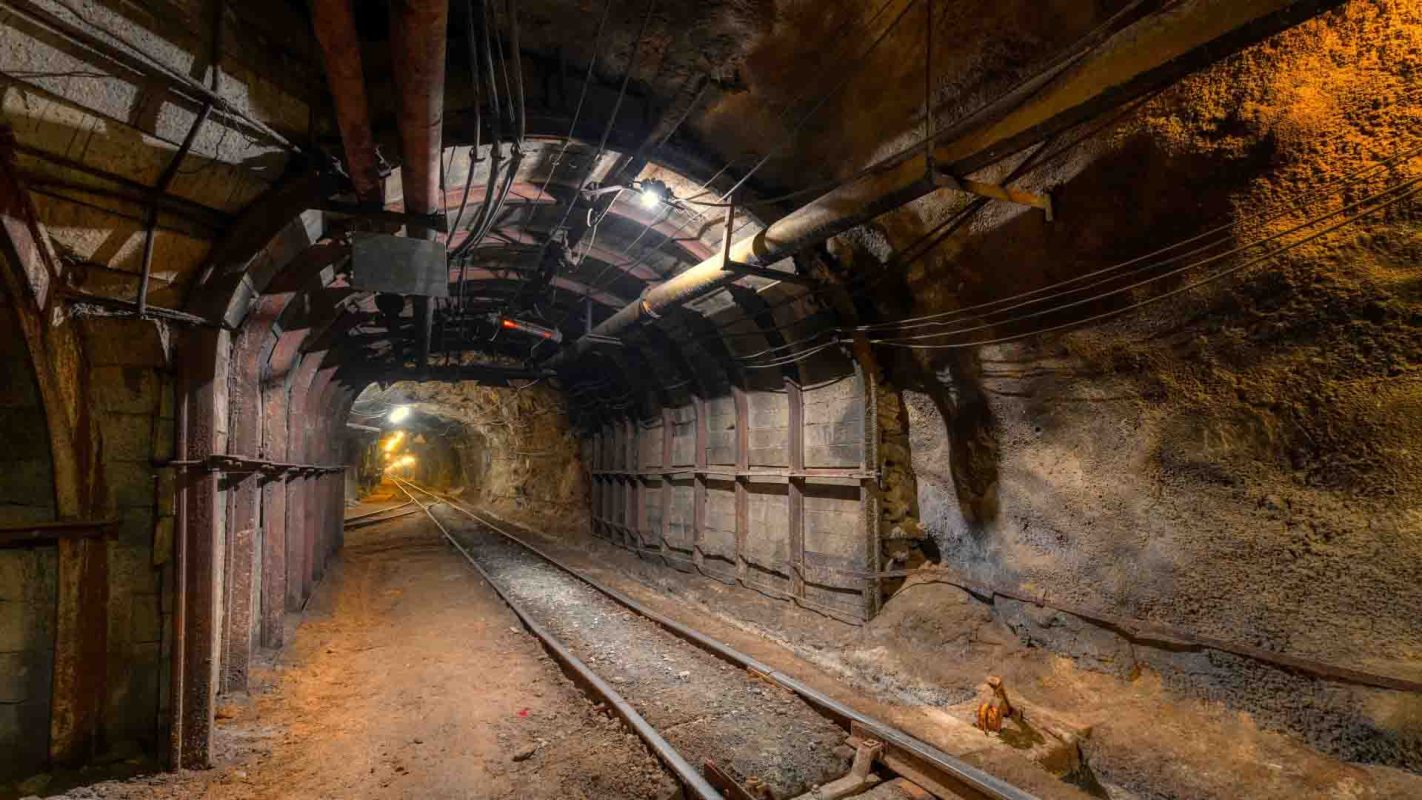Access to clean energy like solar and wind power is increasing massively in the U.S., but our current systems aren't always able to use or store that energy as soon as it's generated. A new system involving abandoned coal mines could change that.
A team of researchers at the International Institute for Applied Systems Analysis (IIASA) has developed a new strategy for storing excess clean energy. The IIASA study outlines a method in which the power is created and stored by dropping large amounts of sand into converted mines.
The technique, titled Underground Gravity Energy Storage, even takes fluctuating energy prices into account. When power costs more, the system of machines will drop sand to create more energy, and when power costs less, the system will use electric motors to bring the sand back up to the top, thus storing energy for future use.
By using abandoned mines — of which the study estimates there are millions worldwide — the system can save significant money by utilizing existing infrastructure and can also theoretically reinvigorate mining communities by creating new jobs in clean energy.
"When a mine closes, it lays off thousands of workers. This devastates communities that rely only on the mine for their economic output. UGES would create a few vacancies as the mine would provide energy storage services after it stops operations," Julian Hunt, the lead author of the study, said. "Mines already have the basic infrastructure and are connected to the power grid, which significantly reduces the cost and facilitates the implementation of UGES plants."
The UGES system solves one of the biggest problems with storing clean energy: Existing storage devices like batteries tend to gradually lose power over time, thanks to a phenomenon called "self-discharge." But with this sand-based method, self-discharge is not an issue.
"To decarbonize the economy, we need to rethink the energy system based on innovative solutions using existing resources. Turning abandoned mines into energy storage is one example of many solutions that exist around us, and we only need to change the way we deploy them," Behnam Zakeri, co-author of the study, said.
Join our free newsletter for weekly updates on the coolest innovations improving our lives and saving our planet.









